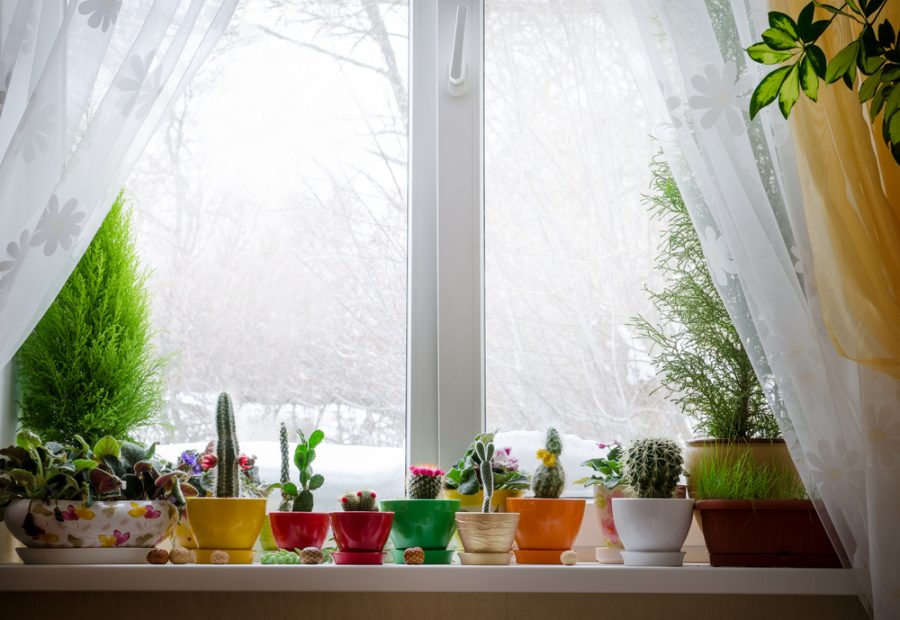Your garden is open to the air and has to bear the onslaught of the winter cold each year; but there are a number of things you can do to protect your plantings from the chill of the winter months. Bushes, trees, perennials and succulents can be kept alive right through the winter months and then revived in the spring. Here are some tips to protect your garden from the inconveniences of winter:
1. Know how hardy your plants are
Every plant has a specific hardiness rating that gives property owners vital information about the amount of cold it can tolerate, and for what duration. Some plants are naturally tender while others are hardier and are able to bear the winter cold in a better way. However, a plant or shrub’s hardiness is determined by its maturity as well. For example, young shoots may not be able to survive the winter cold, but mature trees will. With the right care, most plants can survive freezing temperatures than what their rating predicts.
2. Install your plants strategically
Very tender succulents, flowering plants and herbs can easily be grown in pots and then transferred indoors during a chill. When you are installing plants in the soil in your garden, identify spots that have a higher grading; raised beds help protect delicate stems and roots from death by ground frost and drainage damage.

3. Place plants indoors
As mentioned earlier, you can always place potted greens in indoor areas. The porch, semi-covered balconies, the outdoor kitchen, a covered patio or deck or even garden sheds are a great place to keep plants during the winter months. It’s important to ensure your plants are still getting an adequate amount of sunshine for their needs. If you get larger garden sheds built, you can place the delicate and fragile plants in that space; they will be well-protected and won’t get impacted by the freeze.
4. Water plants adequately
If there is prediction of a freeze but you have a couple of days to prepare, one of the things you can do is to water all the soil heavily. Dry soil tends to freeze more quickly compared to wet soil, and the water content in the soil can protect the plant roots and keep them hydrated right through the cold. Succulents don’t survive well in excess moisture so it’s best to water them moderately. You wouldn’t need to overwater the plants that have been placed in the garden sheds or porch areas.
5. Cover the ground
Before the frost settles in, make it a point to apply 2-4” of organic mulch all around the tender plants. Not only does this lend the soil some warmth, but it insulates the systems and helps retain moisture in the ground. In addition, it protects the plants from damage caused by very rapid temperature changes. Straw, sawdust, and wood chips are excellent mulches and protect the plants from ground freeze and frost.
6. Use temporary/ long-term covers
If there is a short cold spell or a light freeze, simple blankets or sheets can provide adequate warmth to the plants. If you are covering mature trees and bushes, the sheet/blanket can easily be arranged directly on them; but if you are covering delicate greenery, its best to build a frame around them and position the blanket on it. For additional protection you can place plastic sheets over the blankets; but never place plastic directly on the plants as that can damage the leaves.
To seek advice from a professional garden sheds’ expert, or for information on the types of products we offer, call Cabanon Fortin on (514) CABANON (222‑2666). You also have the option to send us your requirement and queries via this online form.



